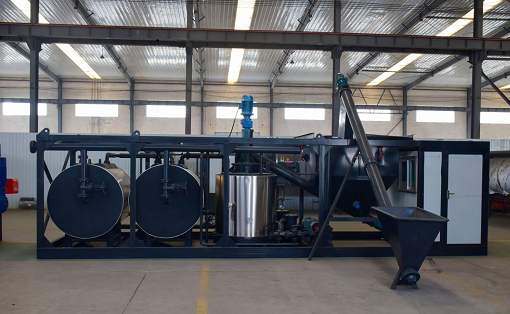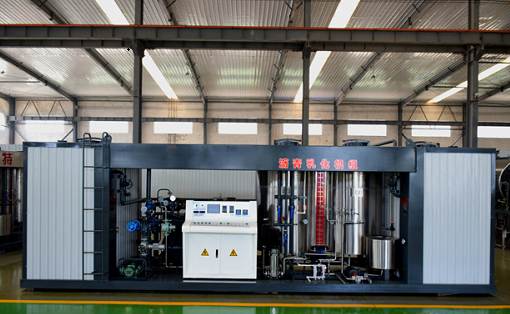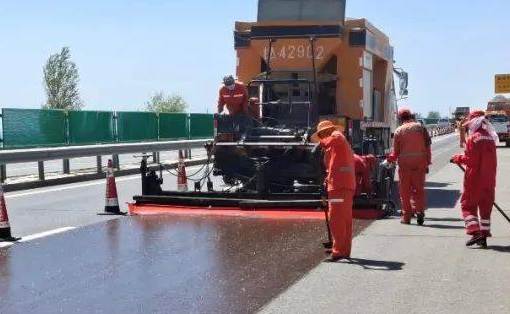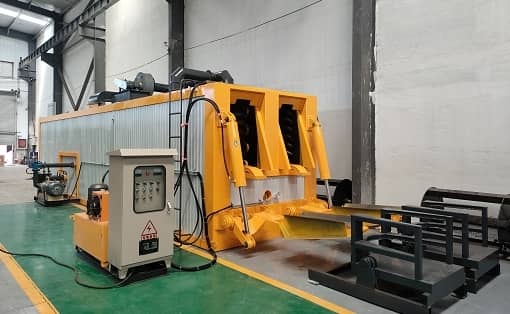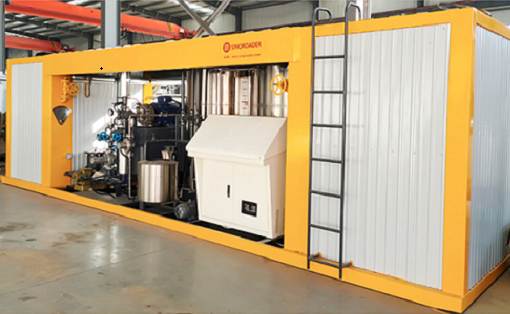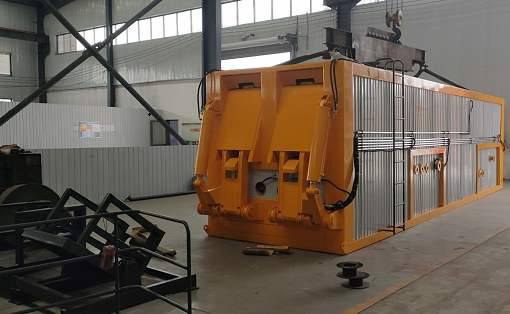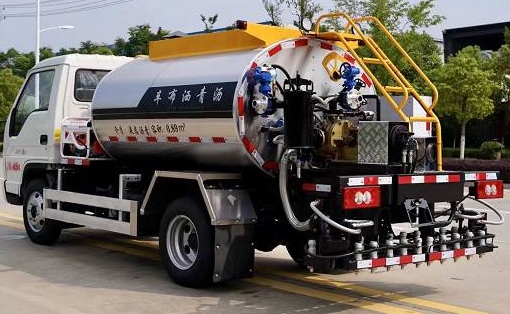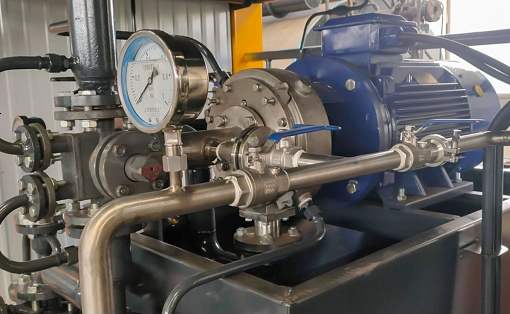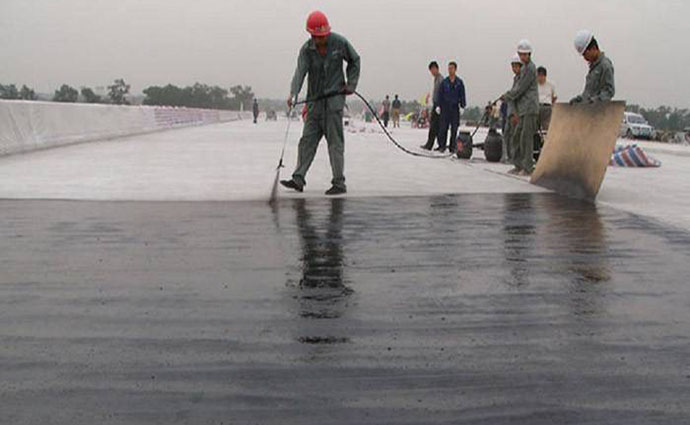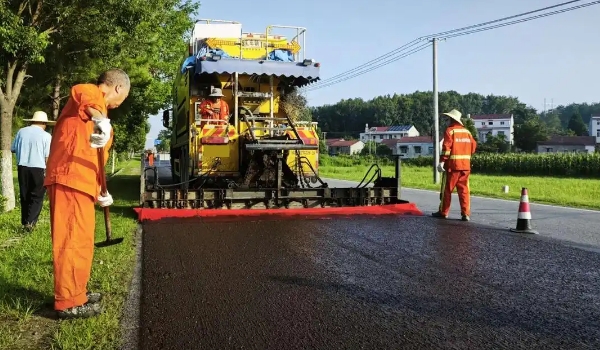How does the bitumen decanter equipment operate?
The bitumen decanter equipment is mainly composed of barrel removal shell (BOX), hoisting mechanism, hydraulic booster and electrical control system. The shell is divided into two chambers, the left and right chambers. The upper chamber is a chamber for melting a large barrel of bitumen (definition: the transformation process of a substance from solid to liquid). There are heating coils evenly distributed around it.
The bitumen decanter equipment is mainly composed of barrel removal shell (BOX), hoisting mechanism, hydraulic booster and electrical control system. The shell is divided into two chambers, the left and right chambers. The upper chamber is a chamber for melting a large barrel of bitumen (definition: the transformation process of a substance from solid to liquid). There are heating coils evenly distributed around it. The heating tube and the bitumen barrel are mainly radiated. In order to achieve the purpose of removing bitumen barrels through heat transfer, multiple guide rails (TTW guide) serve as the rails for the bitumen barrels to enter. The main purpose of the lower chamber is to reheat the slipped bitumen in the barrel to bring the temperature to the suction pump temperature (130°C), and then pump the asphalt pump into the high-temperature tank. If the heating time is increased, a higher temperature can be obtained . The hoisting mechanism adopts a cantilever structure. The bitumen barrel is lifted up by the electric hoist, and then moved sideways to place the bitumen barrel on the slide rail. The barrel is then sent into the upper chamber by a hydraulic booster. In addition, an inlet and outlet are opened at the rear end to inject a Only empty buckets. There is also an oil tank on the bitumen barrel entrance service platform to prevent the loss of dripping bitumen.






